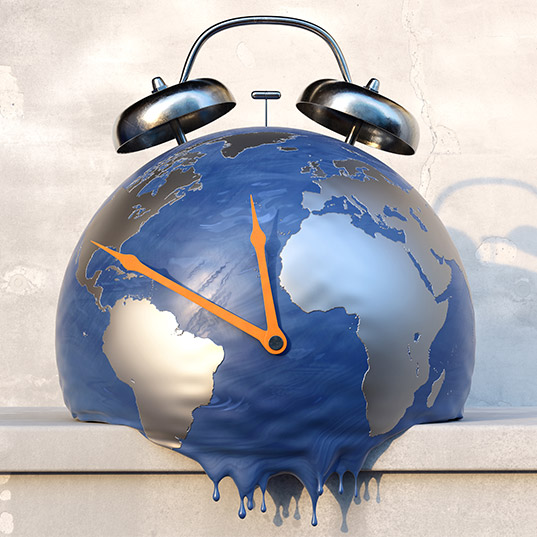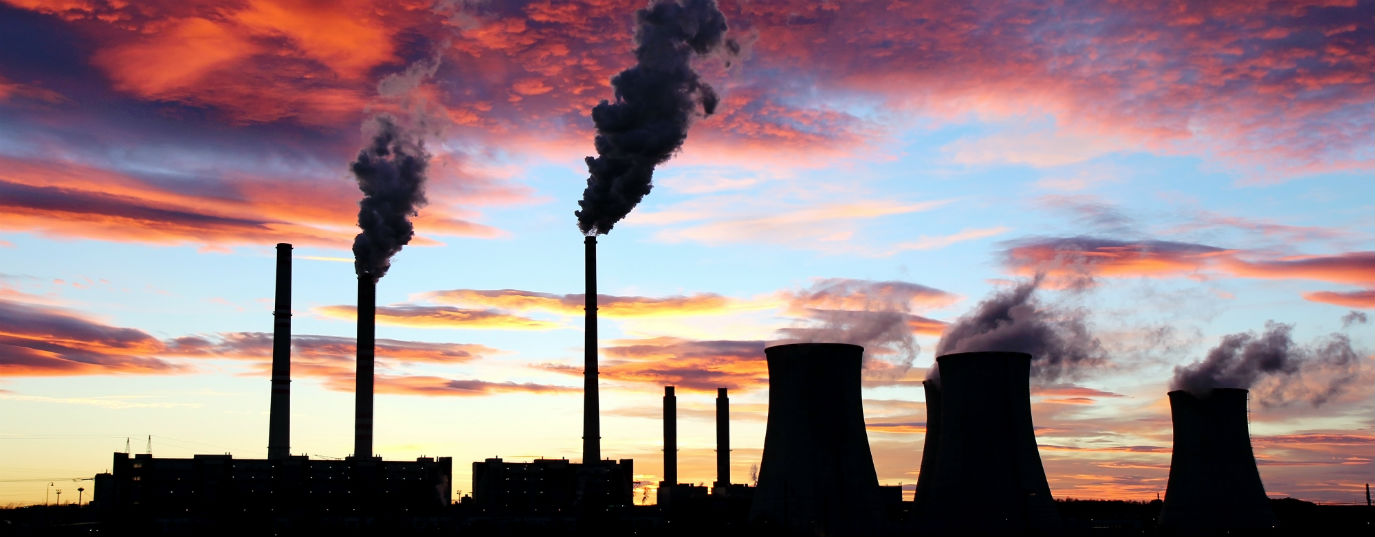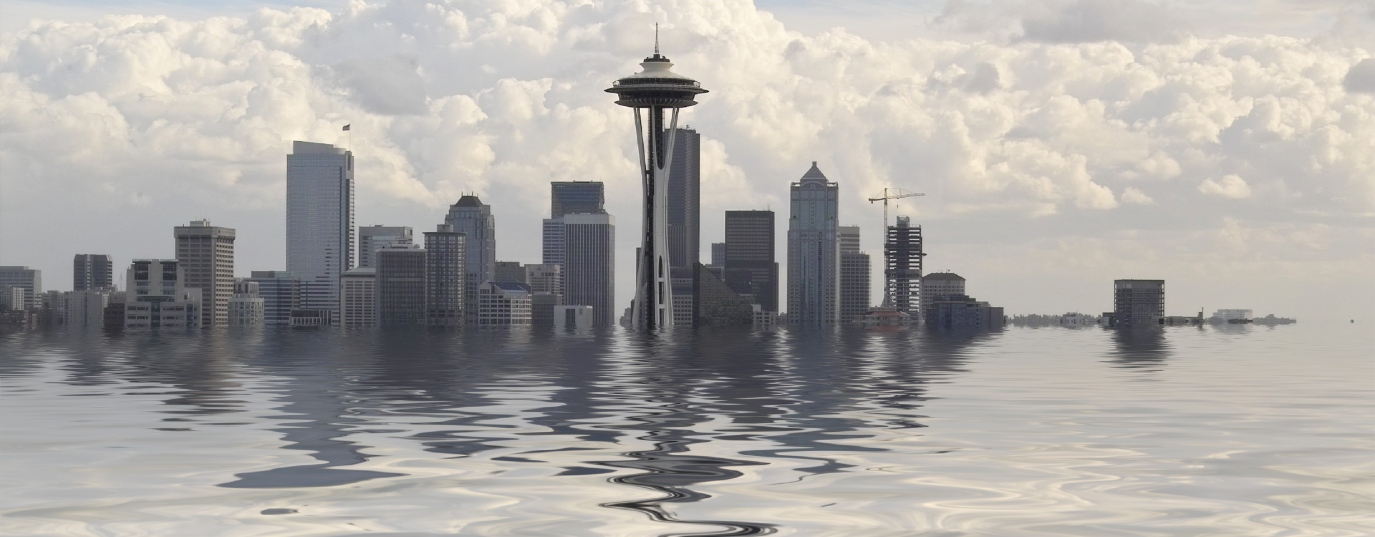The ozone layer is recovering: the hole will be fully closed in four decades’ time
Global efforts have resulted in the progressive elimination of almost 99% of prohibited substances that were destroying the ozone layer.
The ozone layer is recovering. A new report suggests that, if we continue on the current path, we’ll be able to celebrate the total recovery of the ozone layer in four decades’ time. Below, we analyze the causes of the hole, efforts to reverse the damage and the impact those efforts have had on the climate.
What will I learn from this article?
- When will the hole in the ozone layer be closed?
- What caused the hole in the ozone layer?
- The Montreal Protocol: the impact of global efforts
After five decades of efforts, the ozone layer is recovering
It was back in the 1970s when the news hit: we were perforating the screen protecting us from the Sun’s ultraviolet rays. Aerosols were opening a hole in the ozone layer and the radiation was beginning to affect the health of people and the environment.
By the year 2000, the concentration of ozone reached its lowest ever. But, since then, global efforts to close the hole have had results.
The latest news confirms that, in four decades’ time, we will finally be able to celebrate the recovery of the ozone layer.
This is the conclusion of the four-yearly report from the Montreal Protocol Scientific Assessment Panel. If current policies are kept up, the experts says, the ozone layer should get back to the levels of before the ozone hole formed – 2066 in the Antarctic, 2045 in the Arctic and 2040 in the rest of the world.
“In 40 years’ time, we‘ll be able to celebrate the full recovery of the ozone layer”
The end of the substances that perforated the ozone layer
The main cause of the hole in the ozone layer was the growing use of chlorofluorocarbons (popularly known as CFCs), which destroyed more ozone than could be formed, thereby reducing its concentration.
They consisted of chemical substances which were used by daily equipment such as household refrigerators, air conditioners, industrial freezers and aerosols (from deodorants to sprayed paint, insecticide and lacquers, etc.).
The report confirms that the progressive elimination of almost 99% of the now prohibited substances which caused the hole has not only managed to protect the ozone layer in the upper stratosphere, but has also contributed to its recovery and reduced people’s exposure to the Sun’s harmful ultraviolet (UV) radiation.
The Montreal Protocol: a plan to preserve the ozone layer
 “The impact the Montreal Protocol has had on climate change mitigation cannot be overstressed. Over the last 35 years, the Protocol has become a true champion for the environment,” said Meg Seki, executive secretary of the United Nations Environment Programme (UNEP) Ozone Secretariat.
“The impact the Montreal Protocol has had on climate change mitigation cannot be overstressed. Over the last 35 years, the Protocol has become a true champion for the environment,” said Meg Seki, executive secretary of the United Nations Environment Programme (UNEP) Ozone Secretariat.
The 10th Report by the Scientifical Assessment Panel shows the impact the treaty has had on the climate. Above all thanks to the Kigali Amendment to the Montreal Protocol, an additional agreement reached in 2016 which demanded the progressive reduction of the production and use of some hidrofluorocarbons (HFCs).
HFCs are not directly related to ozone, but they are potent greenhouse gases. This amendment, says the Panel, should contribute to avoiding between 0.3 to 0.5 °C of global warming from now until the year 2100.
“The measures adopted in relation to the ozone establish a precedent for climate action,” said WMO secretary general Petteri Taalas. “The success obtained thanks to the progressive elimination of the chemical substances which destroy the ozone layer shows us what we can and should do – urgently – to abandon fossil fuels, reduce greenhouse gas emissions and limit, therefore, the increase in temperatures.”
“The success obtained thanks to the progressive elimination of the chemical substances which destroy the ozone layer shows us what we can and should do – urgently – to abandon fossil fuels”
The ozone layer is recovering after a long, challenging battle, but also one full of significant achievements. The Montreal Protocol and Kigali Amendment have performed a crucial role in this process, not only by protecting the ozone layer, but also by contributing to the mitigation of climate change.
This success shows us that global efforts could allow us to tackle other urgent environmental problems. If we continue on this path, we will be able to celebrate the full recovery of the ozone layer over the next four decades.
Sources:
- https://ozone.unep.org/system/files/documents/Scientific-Assessment-of-Ozone-Depletion-2022-Executive-Summary.pdf
- https://www.sostenibilidad.com/medio-ambiente/aprendesostenibilidad-agujero-de-la-capa-de-ozono/







